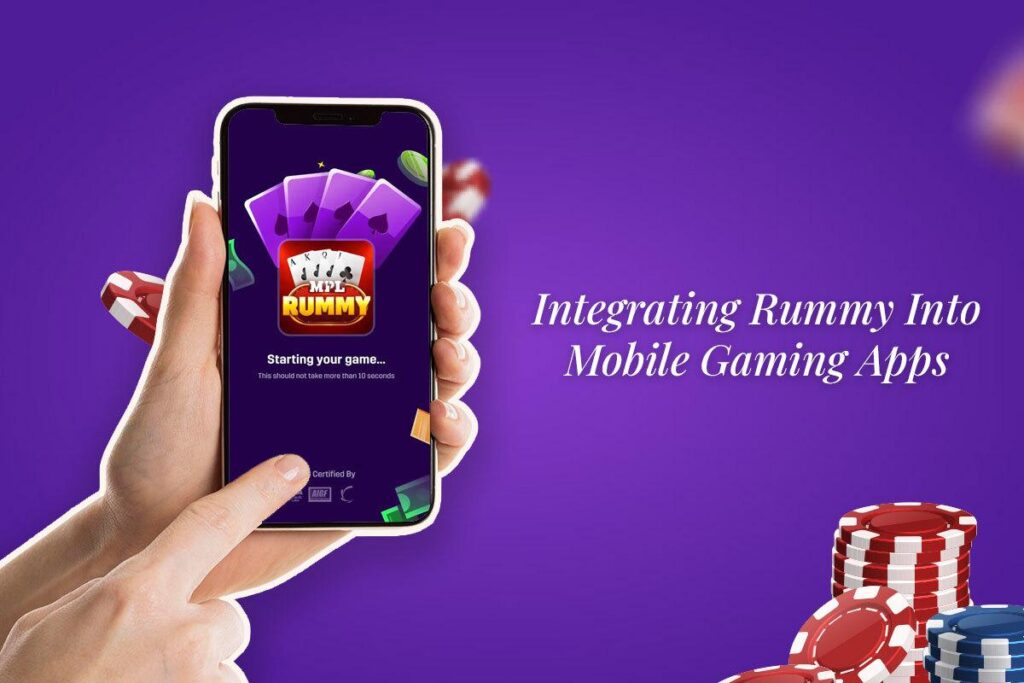Although card games have always been popular, the manner in which individuals play them has changed dramatically with their move to mobile devices. Rummy is a notable example of a card game that has successfully achieved this transition, among many others. The move from physical cards to touchscreens has breathed new life into this classic game, bringing it to millions of new players worldwide.
People have enjoyed card games for hundreds of years. From royal courts to family gatherings, these games have been a source of entertainment across cultures and generations. Remember when Hearts and Solitaire were the go-to games on desktop computers? Those simple digital adaptations paved the way for today’s sophisticated mobile card games.
The explosion of smartphone ownership globally has created perfect conditions for card games to thrive. Players no longer need to carry a physical deck or find opponents in person – everything is available at their fingertips. Market research shows promising growth in this sector. Industry experts predict the skill-based gaming market will hit billions of dollars worldwide by 2025. Card games, specifically, are growing at an impressive annual rate across international markets. Revenue figures from major app stores highlight the global appeal of digital card games, with substantial growth projected over the next few years.
Understanding Rummy Online
The digital version of Rummy has transformed how people experience this classic game. Rummy online takes what was once primarily a family pastime and turns it into something that connects players across vast distances. Gone are the hassles of shuffling cards, dealing hands, and keeping track of discards. Players can now sort their cards with a simple tap or click.
For those unfamiliar with the game, Rummy typically involves 2 to 6 players, each receiving 13 cards. The goal? Form sequences and sets according to specific rules. The first player to arrange all their cards into valid combinations wins. Unlike games of pure chance, Rummy requires strategic thinking and careful planning, so it’s legally classified as a skill game in most countries.
The Mobile Rummy Revolution
The global proliferation of smartphones sparked a revolution in mobile gaming accessibility. This technological shift created perfect conditions for Rummy’s digital transformation. Developers initially focused on making websites mobile-compatible, but soon, dedicated apps became the norm across North America, Europe, Asia, and beyond.
App creators now use cutting-edge software to create lightweight applications that run smoothly, even on modest hardware. This technical progress has removed barriers to entry, allowing virtually anyone with a smartphone to enjoy the game, regardless of their location.
Key Features of Successful Rummy Mobile Apps
What separates a good Rummy app from a great one? Several crucial elements make all the difference:
User Experience
Apps that succeed make getting started incredibly easy. Players hate complex registration processes – they want to sign up and start playing immediately. The interface must feel intuitive, with cards that are easy to see and move. Nothing kills enjoyment faster than lag or freezing during a crucial hand. And while ads might be necessary for revenue, they should never interrupt gameplay.
Gameplay Features
Variety keeps players engaged. Smart developers offer multiple game modes like Points Rummy for quick games, Pool Rummy for those who enjoy longer sessions, and tournament options for competitive players. Newcomers appreciate practice modes where they can learn without risking money. While multi-table support appeals to seasoned players who like to manage multiple games at once, private tables allow friends to play together.
Technical Specifications
Cross-platform compatibility guarantees that no one is excluded because of their preferred device. The social experience that makes card games unique is produced by dependable multiplayer functionality. Given that real money often changes hands, payment systems must be rock-solid and secure. In-game chat helps recreate the banter of physical card games, and performance tracking appeals to players who love watching their skills improve over time.
Technologies Behind Rummy App Development
Building a quality Rummy app isn’t simple – it requires specialized tools. Developers typically choose Unity for the game engine because it works across platforms. The backend usually runs on Node.js for handling game logic and user data. Cloud services from AWS or Azure provide the necessary infrastructure. Databases store everything from user profiles to game histories, while Socket.io enables the real-time communication essential for card games.
Security can’t be an afterthought – RNG+ certification proves the game deals cards fairly. Push notification systems keep players informed about tournaments and special offers. Every technical choice must support a smooth, fair, and engaging gaming experience for users from Tokyo to Toronto and London to Los Angeles.
Monetization Strategies
In-app purchases are effective, providing players with unique card designs or table backgrounds. Entry fees for tournaments generate buzz while bringing in revenue. Advertising is included by some developers, but this should be between games and not during play. Subscription-based models give loyal players benefits while generating consistent revenue. Collaborations with similar brands can bring in extra revenue streams through affiliate marketing.
The most successful apps balance monetization with player experience – pushing too hard for revenue drives users away while being too timid leaves money on the table. Different strategies may work better in different regions based on local payment preferences and spending habits.
The Future of Mobile Rummy Apps
The horizon looks bright for mobile Rummy globally. Industry analysts project substantial growth in the coming years across multiple continents. The pandemic accelerated adoption, with online gaming seeing record revenues in 2020 across North American, European, and Asian markets.
Several emerging technologies promise to reshape the Rummy experience. Artificial intelligence will create more challenging computer opponents that adapt to each player’s style. Augmented reality might soon let players see virtual cards on their actual table. Blockchain technology could provide unprecedented transparency for financial transactions. And enhanced social features will help players build communities around their shared passion, connecting card game enthusiasts from around the world.
Conclusion
Rummy’s journey from physical cards to mobile screens showcases how traditional games can find new life in the digital age. For developers willing to invest in quality design, fair gameplay, and robust technology, the mobile Rummy market offers substantial global opportunities.
As more people discover the joy of playing this strategic card game on their phones and tablets, demand will continue growing worldwide. The developers who embrace the technological potential of contemporary mobile platforms while honoring Rummy’s rich history will be the most prosperous. In a gaming environment that is frequently dominated by dazzling visuals and fast-paced action, Rummy’s strategic gameplay provides a welcome diversion that appeals to players of all ages and cultural backgrounds and is not limited by geography.

